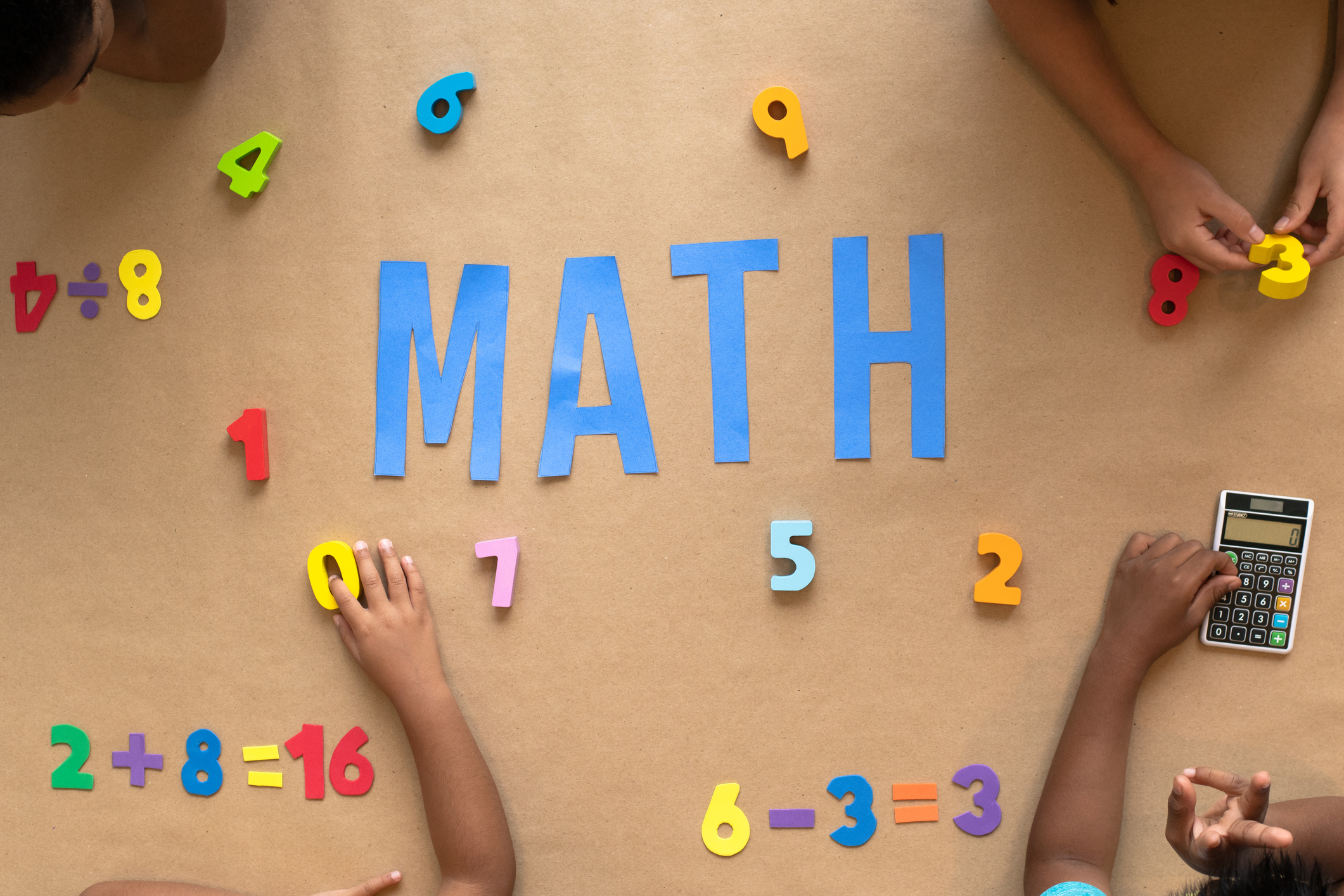About This Lesson
Part D in a 6 part of series. : Model division as the unknown factor in multiplication using arrays and tape diagrams. (Lesson 11) Interpret the quotient as the number of groups or the number of objects in each group using units of 2. (Lesson 12) Interpret the quotient as the number of groups or the number of objects in each group using units of 3. (Lesson 13). Aligned to common core standards 3.OA.2, 3.OA.4, 3.OA.6, 3.OA.7, 3.OA.3, 3.OA.8. Resources created by EngageNY and licensed by Creative Commons. http://creativecommons.org/licenses/by-nc-sa/3.0/us/
















